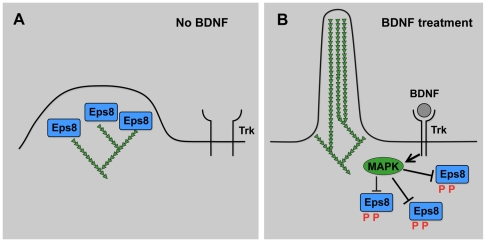Figure 2. BDNF and MAPK inhibit Eps8, allowing for localized filopodia formation.
(A) In the absence of BDNF, Eps8 is an active capping protein that prevents the formation of long filopodial actin filaments. (B) BDNF (gray circle) is detected by Trk receptor tyrosine kinases, which locally activate MAPK signaling. MAPK activation results in phosphorylation (red “P”) and inhibition of the actin-capping activity of Eps8, as well as translocation of Eps8 away from actin-rich peripheral regions. In regions where Eps8 is inactivated, actin filaments are able to achieve greater lengths to mediate the formation of filopodia.

